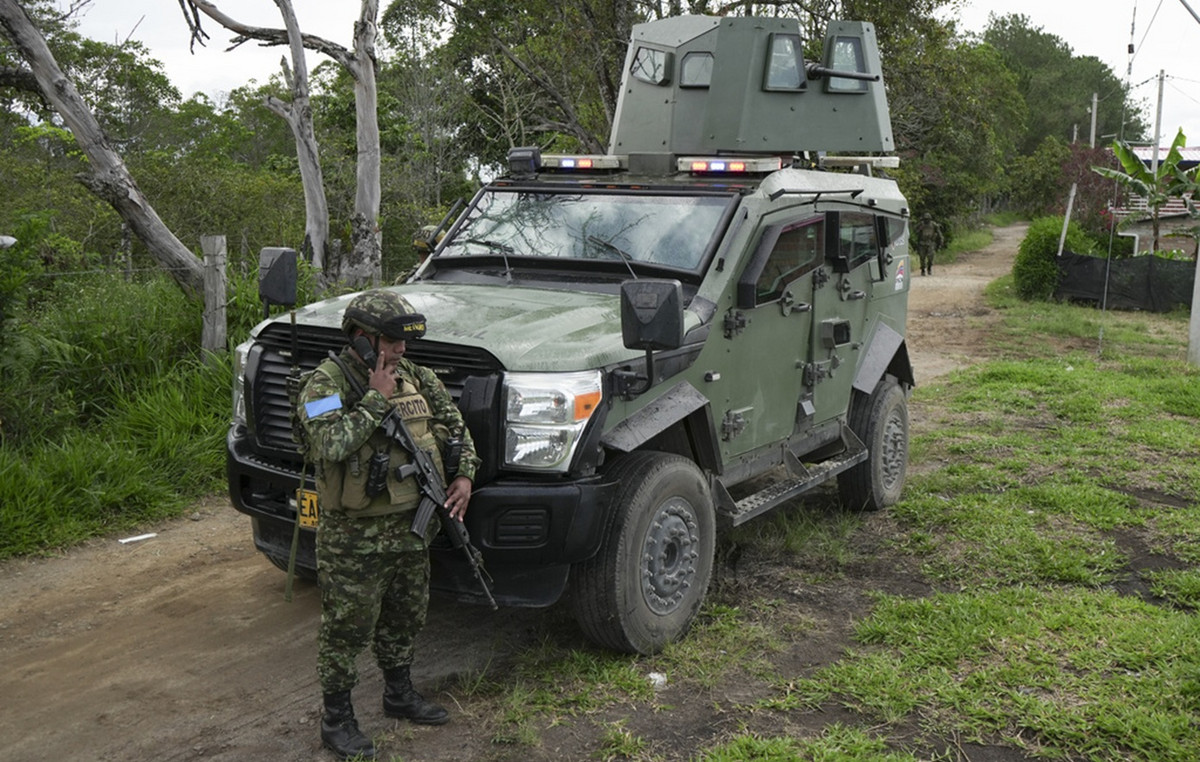The south coast of Santa Catarina faced a “meteorological tsunami” in the early hours of this Monday (2), according to the State Civil Defense. The unusual advance of the sea occurred in the Jaguaruna region – the Balneário Rincão tide gauge station recorded an increase of 1 meter in sea level in a few minutes – but did not cause significant damage to the city or leave any injuries.
According to the Civil Defense of SC, “at around 1 am, the sea advanced suddenly and traveled a long distance towards the continent”. The phenomenon, also known as a “bomb cyclone”, was caused by an alignment of storms, which generated sudden changes in atmospheric pressure. A squall line, with strong winds, spread across the ocean, amplifying the waves as they approached the coast.
“When there is an almost perfect resonance between the speed of the squall line and the waves in the ocean, the effect is intensified, causing a sudden advance of the sea,” said meteorologist Caio Guerra in a publication made by the State Civil Defense. “The event occurred under unusual conditions, as meteorological models did not indicate high tide or sea disturbances,” stated the state government agency.
The difference between a common tsunami and a “meteorological tsunami” is that the first is caused by the movement of a tectonic plate beneath the ocean, moving water from bottom to top and causing giant waves. The second is caused by meteorological conditions, especially strong winds, moving and intensifying the waves from top to bottom and forward – generally, it has a much smaller impact than the first.
According to the Civil Defense of SC, despite being considered a rare event, other meteorological tsunamis caused by bomb cyclones have already been recorded on the South Coast of Santa Catarina, especially in spring. The most recent occurred in November last year in Laguna.
“Fortunately, this morning’s event did not cause significant damage or injuries. The authorities reinforce the importance of constantly monitoring weather conditions and raising awareness among the population on how to act in similar situations.”
This content was originally published in Understand how a meteorological tsunami arises, a phenomenon that hit SC on the CNN Brasil website.
Source: CNN Brasil
I’m James Harper, a highly experienced and accomplished news writer for World Stock Market. I have been writing in the Politics section of the website for over five years, providing readers with up-to-date and insightful information about current events in politics. My work is widely read and respected by many industry professionals as well as laymen.







